Did you know indoor air pollution can be two to five times worse than outdoor pollution? Your air conditioner plays a crucial role in maintaining a healthy home environment. By following a simple checklist, you can boost efficiency, improve air quality, and avoid costly repairs.
Regular care of your system, like checking filters and coils, can reduce energy consumption by up to 15%. This not only saves money but also extends the lifespan of your unit. With a few easy steps, you can ensure your air conditioner runs smoothly all year round.
Key Takeaways
- Indoor air pollution can be significantly higher than outdoor levels.
- Regular care improves efficiency and reduces energy costs.
- Simple steps can extend the lifespan of your unit.
- Checking filters and coils is essential for optimal performance.
- Proper maintenance can prevent costly repairs.
How to Kick Off Your AC Maintenance Journey
Ever wondered why your cooling system isn’t performing as well as it used to? It might be time for a closer look. Starting your HVAC care routine doesn’t have to be overwhelming—it’s all about small, consistent steps. Begin by inspecting visible components like the thermostat and checking for any signs of wear or debris around the unit.
One homeowner shared how they noticed their unit struggling to cool their home during a heatwave. After a quick inspection, they discovered a clogged filter and low refrigerant levels. Simple fixes like these can prevent bigger issues down the line.
What Are the Common HVAC Problems You Might Face?
Several issues can affect your cooling system’s performance. Clogged filters, for example, can reduce airflow and efficiency by up to 70%. Refrigerant leaks are another common problem, cutting efficiency by 20% and increasing energy costs. Thermostat misreadings can also lead to uneven cooling, making your home uncomfortable.
- Clogged filters: Reduce airflow and efficiency.
- Refrigerant leaks: Lower cooling performance and increase costs.
- Thermostat issues: Cause uneven temperatures in your home.
Why Regular Tune-Ups Can Save You Money and Hassle
Regular tune-ups are essential for keeping your HVAC system in top shape. A professional technician can spot issues like debris blocking the evaporator coil or low refrigerant levels before they become costly repairs. Early assessments can save you hundreds of dollars and extend the lifespan of your unit.
By scheduling routine check-ups, you’ll ensure your system runs efficiently, keeping your home comfortable and your energy bills low. It’s a small investment that pays off in the long run.
Your Ultimate ac maintenance guide Checklist
Keeping your cooling system in top shape doesn’t have to be complicated. With a few simple steps, you can ensure it runs efficiently and avoids costly issues. Here’s a detailed checklist to help you stay on track.
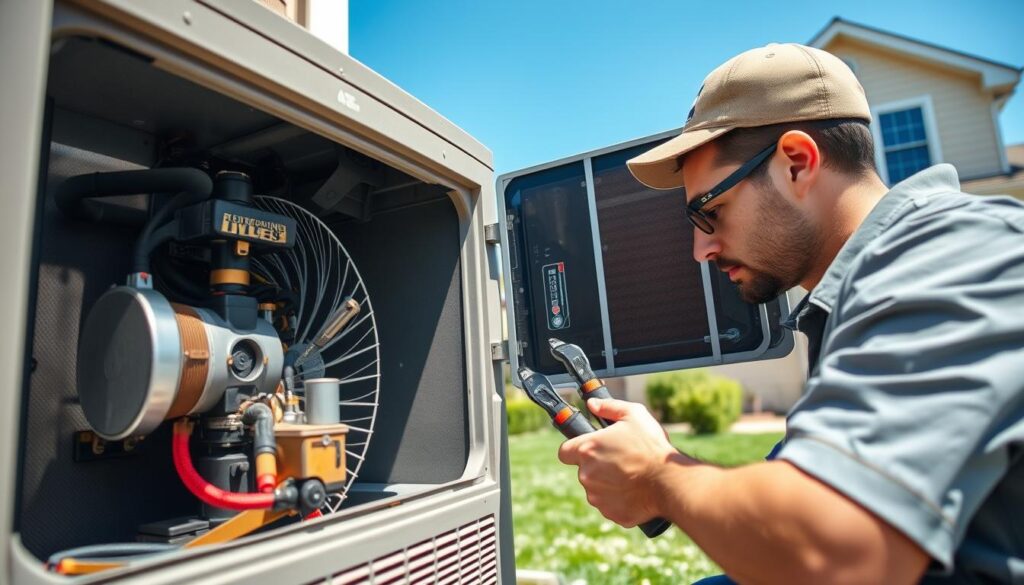
How Do You Properly Change and Inspect Your Air Filters?
Start by turning off your system for safety. Locate the air filter—usually found near the return air duct. Remove it and hold it up to a light source. If light doesn’t pass through easily, it’s time for a replacement.
Filters should be checked every month, especially if you have pets or live in a dusty area. A clean filter improves airflow and keeps your system running efficiently.
What to Look For in Refrigerant Line and Coil Maintenance
Inspect the refrigerant lines for any signs of a leak or damage. Check the evaporator and condenser coils for debris or ice buildup. Dirty coils can reduce efficiency and strain your system.
If you notice excess water around the unit, it could indicate a clogged drain line. Clear any blockages to prevent further issues.
When Should You Schedule a Professional Tune-Up?
While DIY tasks are helpful, some jobs require a professional. Schedule a tune-up if you notice uneven cooling, strange noises, or higher energy bills. A technician can check for refrigerant levels, electrical connections, and overall system health.
Regular professional care can prevent costly repairs and extend the life of your system. Aim for at least one annual check-up to keep everything running smoothly.
By following this checklist, you’ll ensure your cooling system stays efficient and reliable. Small, consistent efforts can make a big difference in performance and longevity.
Troubleshooting Everyday Air Conditioner Concerns
Have you noticed your home feeling warmer than usual, even with the system running? Small issues can snowball into bigger problems if left unchecked. Let’s explore some common concerns and how to address them.
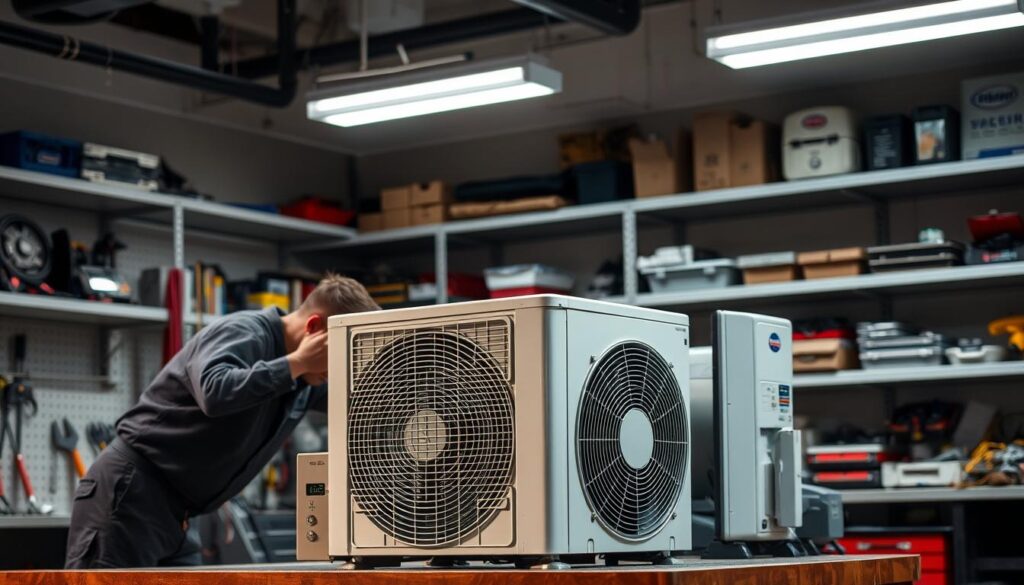
How to Diagnose Thermostat and Electrical Connection Issues
Start by checking your thermostat settings. Is it set to “cool” and at the right temperature? If it’s not responding, replace the batteries or reset it. A faulty thermostat can cause uneven cooling and higher energy bills.
Next, inspect the electrical connections. Look for loose wires or signs of damage. If you hear unusual noises or feel excessive heat around the unit, it could indicate an electrical issue. Turn off the power and call a professional if needed.
Could Dust and Debris Be Causing Indoor Air Quality Problems?
Dust and debris can clog your system, reducing efficiency and affecting indoor air quality. Check the air filters and replace them if they’re dirty. Clean the area around the unit to prevent buildup.
If you notice more dust than usual in your home, it might be time for a deeper clean. Regularly vacuuming and dusting can help maintain better air quality and keep your system running smoothly.
Quick checks each season can prevent long-term damage and costly repairs. If troubleshooting doesn’t resolve the issue, don’t hesitate to call a professional. A small fix now can save you from bigger headaches later.
Expert Insights on Seasonal AC Preparation
Preparing your cooling system for seasonal changes can save you time and money in the long run. Whether it’s winterizing your outdoor unit or getting ready for spring, a little effort goes a long way. Here’s how to keep your system in top shape year-round.
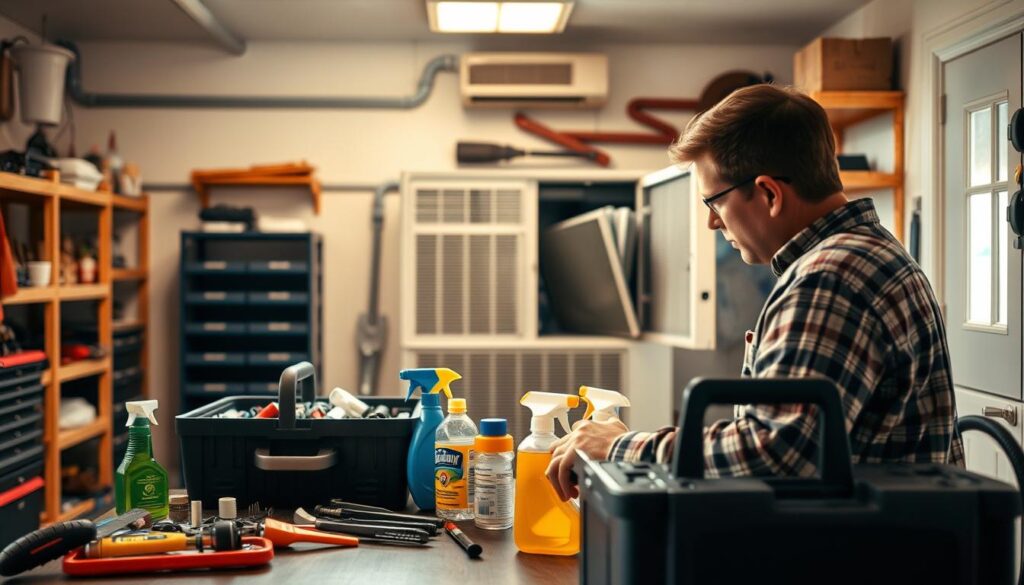
How Can You Effectively Winterize Your Outdoor Unit?
Winter can be harsh on your outdoor unit. Start by cleaning around it to remove leaves and debris. Use a protective cover to shield it from snow and ice. This simple step can prevent damage and extend its lifespan.
Check the drain line to ensure it’s clear. Blockages can cause water to back up, leading to potential damage. If you live in an area with extreme weather, consider insulating the pipes to avoid freezing.
What Spring Maintenance Tasks Ensure Efficient Cooling?
Spring is the perfect time to get your system ready for the heat. Begin by inspecting the air filter. Replace it if it’s dirty to ensure optimal airflow. Clean the coils and check for any signs of wear or damage.
Clear the drain line again to prevent clogs. A clean system runs more efficiently, saving you energy and money. These small tasks can make a big difference in performance.
Are Frost and Ice Buildups a Warning Sign for Your AC?
Frost or ice on your unit is a red flag. It could indicate low refrigerant levels or restricted airflow. Turn off the system and let it thaw. If the problem persists, call a professional to assess the condition.
Regular checks can prevent these issues. Keep an eye on your unit’s performance and address any concerns promptly. This proactive approach ensures your system stays reliable.
| Season | Task | Benefit |
|---|---|---|
| Winter | Cover outdoor unit, clear drain line | Prevents damage, extends lifespan |
| Spring | Replace air filter, clean coils | Improves efficiency, saves energy |
| Year-Round | Check for frost/ice buildup | Prevents major repairs |
By following these seasonal tips, you can make sure your system runs smoothly all year. A little preparation now can save you from costly repairs later.
Maximizing Performance and Energy Efficiency
Small upgrades can make a big difference in how your home stays cool. By focusing on efficiency, you can save money and enjoy better comfort. Let’s explore some advanced tips to boost your system’s performance.
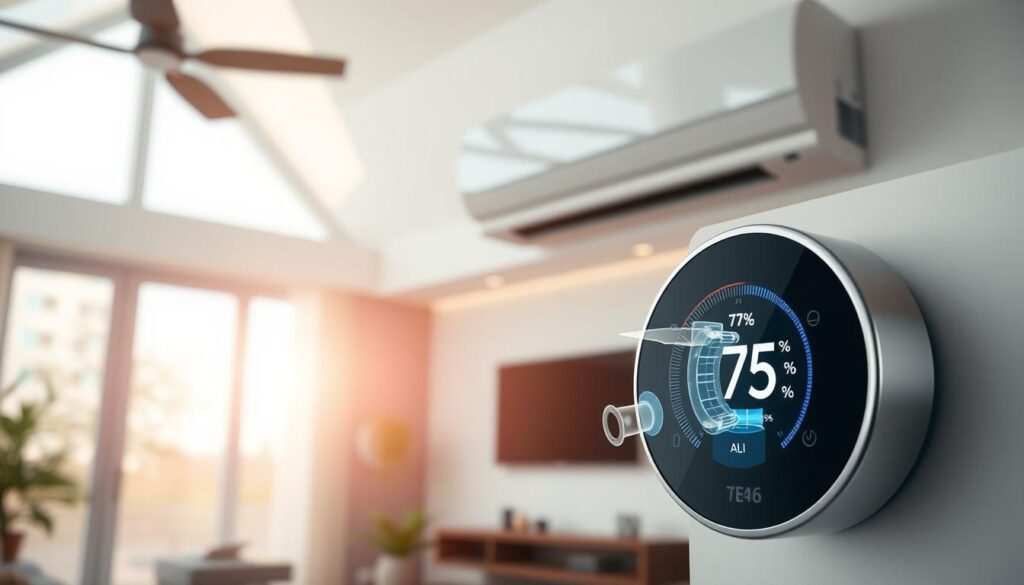
What Smart Thermostat Solutions Can Enhance Your System?
Installing a smart thermostat is a game-changer. These devices adjust the temperature based on your schedule, saving up to 30% on energy costs. They also provide real-time data, helping you monitor usage and make smarter decisions.
For example, if you’re away from home, the thermostat can lower cooling automatically. This simple step ensures your system runs only when needed, reducing wear and tear.
How Does Regular Cleaning Improve Indoor Air Quality?
Keeping your system clean is essential for better air quality. Dust and debris can clog the condenser coil, reducing efficiency. Regular cleaning ensures proper airflow and prevents strain on your unit.
Check the refrigerant line for leaks or damage. A well-maintained system not only cools better but also improves the air you breathe. Schedule a professional cleaning annually for optimal results.
- Smart thermostats optimize cooling and save energy.
- Clean condenser coils and refrigerant lines for better performance.
- Regular professional check-ups prevent costly repairs.
By following these tips, you can ensure your system runs efficiently year-round. Small adjustments lead to long-term benefits, keeping your home comfortable and your energy bills low.
Conclusion
Taking care of your cooling system doesn’t have to be a daunting task. By focusing on regular service and small, consistent steps, you can ensure it runs efficiently all year. Tasks like checking filters, cleaning coils, and scheduling professional tune-ups are all essential parts of keeping your unit in top shape.
Remember, cool air and system longevity depend on your proactive efforts. A final tip: always verify that every maintenance task is completed on time to avoid future issues. If you notice any warning signs, don’t hesitate to book a professional service immediately.
Your efforts now will reward you with a more efficient and reliable system every season. Stay cool and confident knowing your home is well-prepared for whatever the weather brings.
FAQ
What Are the Common AC Problems You Might Face?
Why Regular Tune-Ups Can Save You Money and Hassle?
How Do You Properly Change and Inspect Your Air Filters?
What to Look For in Refrigerant Line and Coil Maintenance?
When Should You Schedule a Professional AC Tune-Up?
How to Diagnose Thermostat and Electrical Connection Issues?
Could Dust and Debris Be Causing Indoor Air Quality Problems?
How Can You Effectively Winterize Your Outdoor Unit?
What Spring Maintenance Tasks Ensure Efficient Cooling?
Are Frost and Ice Buildups a Warning Sign for Your AC?
What Smart Thermostat Solutions Can Enhance Your AC System?
How Does Regular Cleaning Improve Indoor Air Quality?
Source Links
- Air Conditioner Maintenance
- AC Maintenance: Essential Tips and Guidelines for Optimal Performance
- AC Maintenance Tips & Secrets for Optimal Performance
- Air Conditioner Troubleshooting: 5 Common Issues – Trane®
- How to Clean an Air Conditioning Unit | Lowe’s
- Your Ultimate AC Maintenance Checklist: 8 Easy DIY Steps ⋆ ProSolutions Inc
- The Ultimate Air Conditioner Maintenance Checklist
- The Essential AC Maintenance Guide For Homeowners in 2022
- Air Conditioning Troubleshooting: 20 Common AC Problems & How to fix them
- AC Troubleshooting Guide for HVAC Systems [10+ Issues & their Fix]
- Get Your HVAC Ready for Seasonal Changes – Quick Tips
- Expert Solutions for Dealing with Seasonal HVAC Challenges
- AC Repair and Energy Efficiency: Maximizing Cooling Performance
- Maximizing AC Efficiency: Everything You Should Know | Chills AC
- Maximizing HVAC efficiency: A guide for sustainable building management
- How to Keep Your HVAC System Working Efficiently
- HVAC Maintenance Checklist
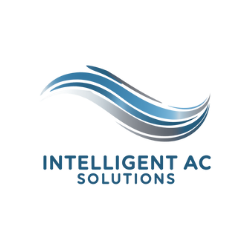
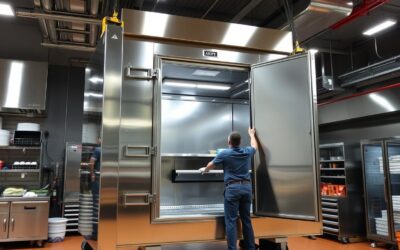
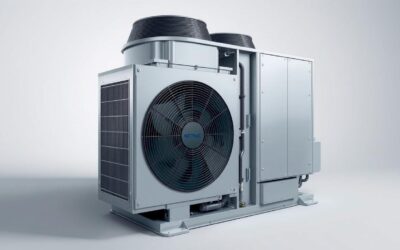
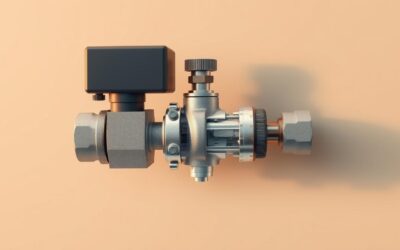
0 Comments